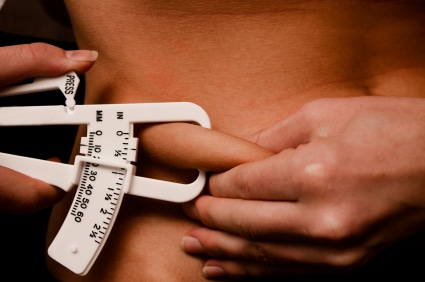Photo courtesy of Pixabay Are You Sure There are 3,500 Calories in a Pound? How many calories in a pound?...

Photo courtesy of Pixabay Are You Sure There are 3,500 Calories in a Pound? How many calories in a pound?...

© 2025 jackomd180. All rights reserved.